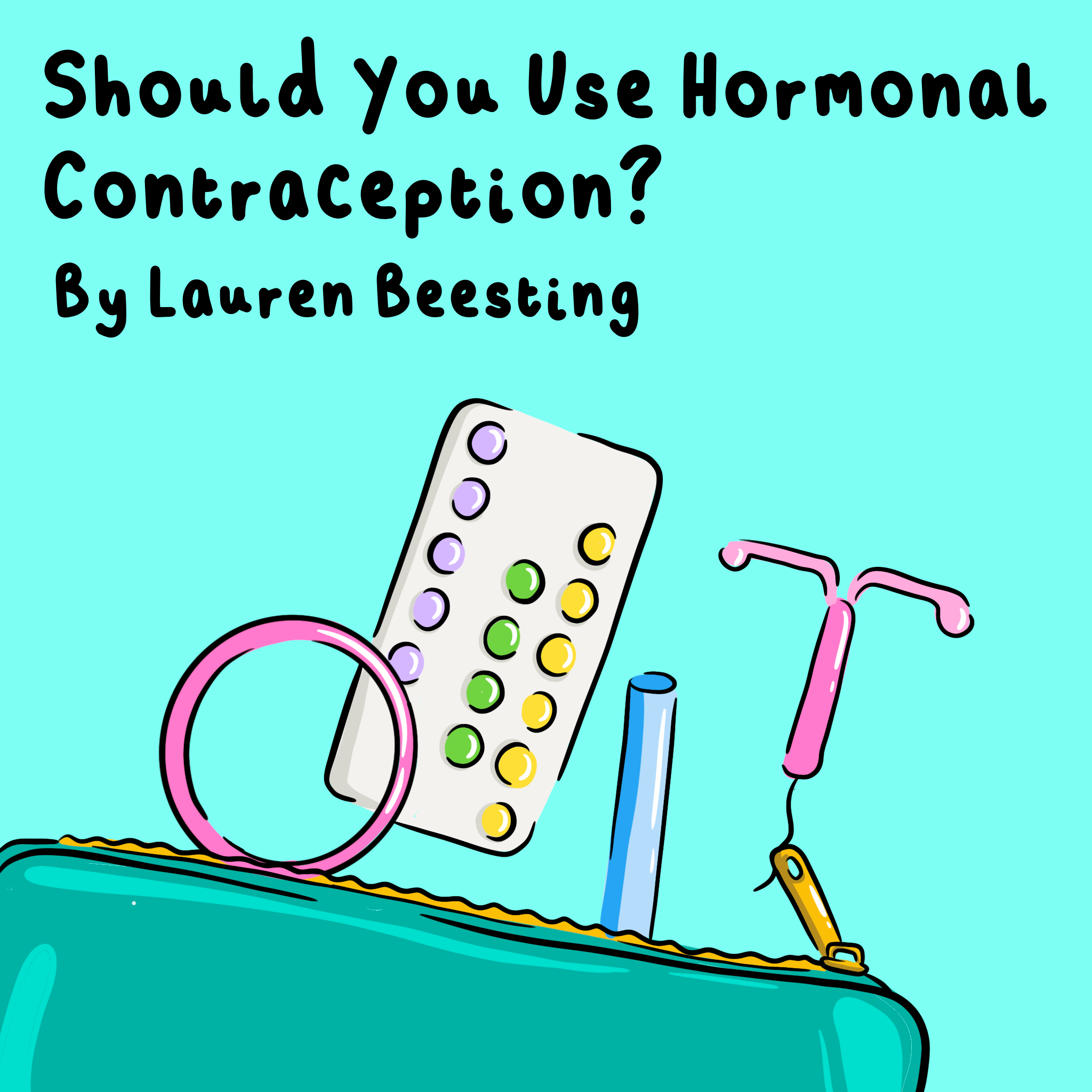During the HIV and AIDs epidemic in the 1980s and 1990s, due to lack of education and ignorance with this virus came an outbreak of misinformation that still surfaces today. As of 2021 38.4 million people worldwide were living with HIV and charities across the globe are working to end the epidemic by providing non-discriminatory HIV information and compassionate treatment.
So, in light of HIV testing week 2023 we wanted to dispel some myths surrounding the virus to help fight against the misinformation and breakdown the stigma.
Myth #1 You can’t survive HIV
If a HIV positive person has access to antiretrovial therapy they can expect to live a normal life span, as long as they take their prescribed medicine. HIV may not be curable, but it is preventable and treatable. HIV is now so manageable it is now considered a ‘manageable chronic condition’ rather than a ‘life-threatening emergency’.
Myth #2 HIV and AIDs are the same
HIV weakens the body’s immune system so it can’t fight off infections, whereas AIDs is a result of HIV where your immune system has been so damaged that it can no longer tackle any infections.
Myth #3 HIV always leads to AIDs
Testing HIV positive does not mean you’re guaranteed to develop AIDs, if you seek the correct treatment and medicine you can prevent HIV progressing to AIDs. However, if you don’t seek antiretrovial drugs and treatment then the infection can advance to AIDs within 10-15 years.
Myth #4 If you take PrEP you don’t have to use a condom
PrEP (pre-exposure prophylaxis) is a preventative HIV medication taken in advance to infection daily. The medication can help prevent contracting HIV, however it does not prevent other sexually transmitted infections so condoms and other barrier methods should still be used.
Myth #5 If both partners have HIV you don’t need to use condoms
Like many infections HIV has multiple types of strains and these can evolve over time, so if you and your partner have different strains then you risk the chance of reinfection when not using condoms. And as above not using a condom or other barrier methods can still spread other sexually transmitted diseases and infections.
Myth #6 Heterosexual people don’t have to worry about it
Despite HIV being more prevalent in gay and bisexual men this doesn’t mean that heterosexual people can’t contract and transmit HIV. According to HIV.Gov as of 2020 22% of HIV diagnoses in the US were acquired through heterosexual contact, and 83% of HIV infections among females were attributed to heterosexual contact.
Myth #7 HIV positive people can’t safely have children
If a person is preparing for pregnancy they can work with their healthcare provider to start ART treatment, by taking the correct medication throughout the pregnancy and post-birth as well as giving HIV medicine to the baby 4-6 weeks after birth cdc inform that you can reduce the risk of transmission to 1% or less.
Myth #8 HIV can be transmitted by kissing
Typically HIV can be transmitted through anal or vaginal sex, sharing needles/syringes, or any other drug injection equipment. HIV lives in blood, semen and vaginal fluids but cannot be transmitted via saliva.
Myth #9 HIV can spread via infected water or food
As per the previous myth the virus doesn’t live in saliva, and it cannot live long outside the body or in water therefore it is not possible to contract the virus when swimming or any other activities involving water. It is also not possible to contract HIV from sharing food with someone who is HIV positive, and sharing toilets or bathroom facilities.
Myth #10 Blood transfusions raise the risk of infection
Donated blood that is available for transfusions does not contain HIV as healthcare professionals test the blood supply for a variety of blood-related infections including HIV. In the early days of this virus when scientists didn’t know how HIV could be identified there were cases where people contracted the infection in this way, now we have strict testing that ensures no viruses are present in blood supplies.
Myth #11 You can catch HIV from a toilet seat
As mentioned earlier HIV cannot live long outside of the body especially on hard surfaces nearly 100% of HIV become inactive within hours once outside of a body. Unless you had an open wound in which bodily fluid could enter your body then you cannot contract HIV from a toliet seat.
It’s myths like these that have left so many people feeling shame about living with HIV, we have progressed massively since 1981 when HIV was declared an epidemic the rate of people being newly diagnosed has been decreasing over 15 years and almost 99% of all people living with HIV in the UK are receiving treatment. So let’s take the time to learn about the virus, stop spreading misinformation.
You can live an entirely normal life with HIV so let’s start acting like it.








